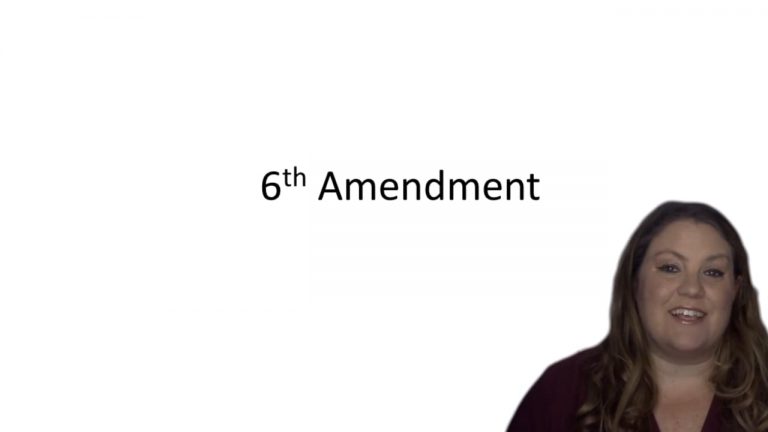SmartBrief
Confirm favorite deletion?
Criminal Procedure Keyed to Miller
State v. John Arthur Senn, Jr.
Citation:
882 N.W.2d 1 (Iowa 2016)Facts
Senn (defendant) was arrested for failing to obey a traffic control signal and for operating while intoxicated. Senn called his attorney in an officer’s presence and asked for attorney-client privilege. The officer responded that Senn could not have attorney-client privilege while on the phone but that he could if his attorney came to the jail. Iowa Code § 804.20 allows a person who has been arrested to have private in-person consultations but permits an officer or jailer to be present for the detainee’s phone calls.
The attorney was unable to meet with Senn in person. After about an hour, Senn consented to a breathalyzer test. Based on the results of the test, Senn was charged with operating while intoxicated. Senn filed a motion to suppress, arguing that the officer interfered with his right to counsel.
Only StudyBuddy Pro offers the complete Case Brief Anatomy*
Access the most important case brief elements for optimal case understanding.
*Case Brief Anatomy includes: Brief Prologue, Complete Case Brief, Brief Epilogue
- The Brief Prologue provides necessary case brief introductory information and includes:
Topic:
Identifies the topic of law and where this case fits within your course outline.Parties:
Identifies the cast of characters involved in the case.Procedural Posture & History:
Shares the case history with how lower courts have ruled on the matter.Case Key Terms, Acts, Doctrines, etc.:
A case specific Legal Term Dictionary.Case Doctrines, Acts, Statutes, Amendments and Treatises:
Identifies and Defines Legal Authority used in this case.
- The Case Brief is the complete case summarized and authored in the traditional Law School I.R.A.C. format. The Pro case brief includes:
Brief Facts:
A Synopsis of the Facts of the case.Rule of Law:
Identifies the Legal Principle the Court used in deciding the case.Facts:
What are the factual circumstances that gave rise to the civil or criminal case? What is the relationship of the Parties that are involved in the case.Issue(s):
Lists the Questions of Law that are raised by the Facts of the case.Holding:
Shares the Court's answer to the legal questions raised in the issue.Concurring / Dissenting Opinions:
Includes valuable concurring or dissenting opinions and their key points.Reasoning and Analysis:
Identifies the chain of argument(s) which led the judges to rule as they did.
- The Brief Prologue closes the case brief with important forward-looking discussion and includes:
Policy:
Identifies the Policy if any that has been established by the case.Court Direction:
Shares where the Court went from here for this case.
Topic Resources
Topic Outline

 4m 2s
4m 2s